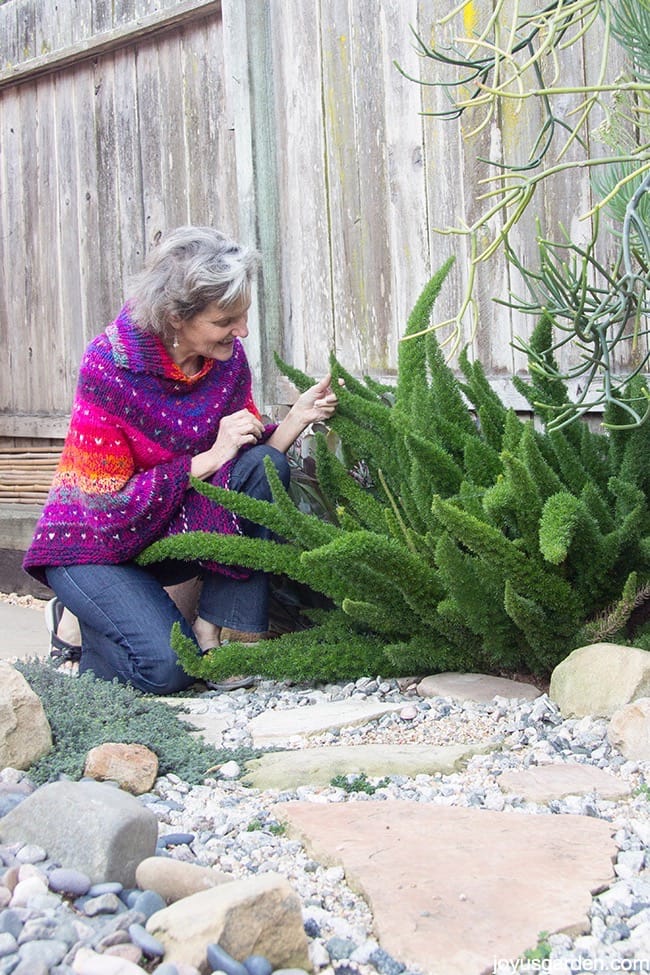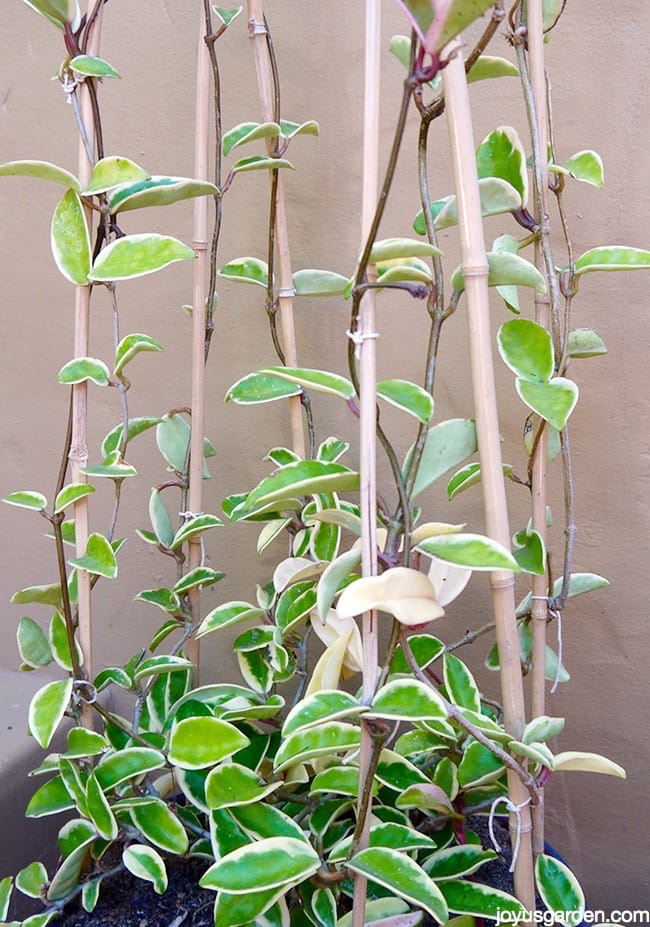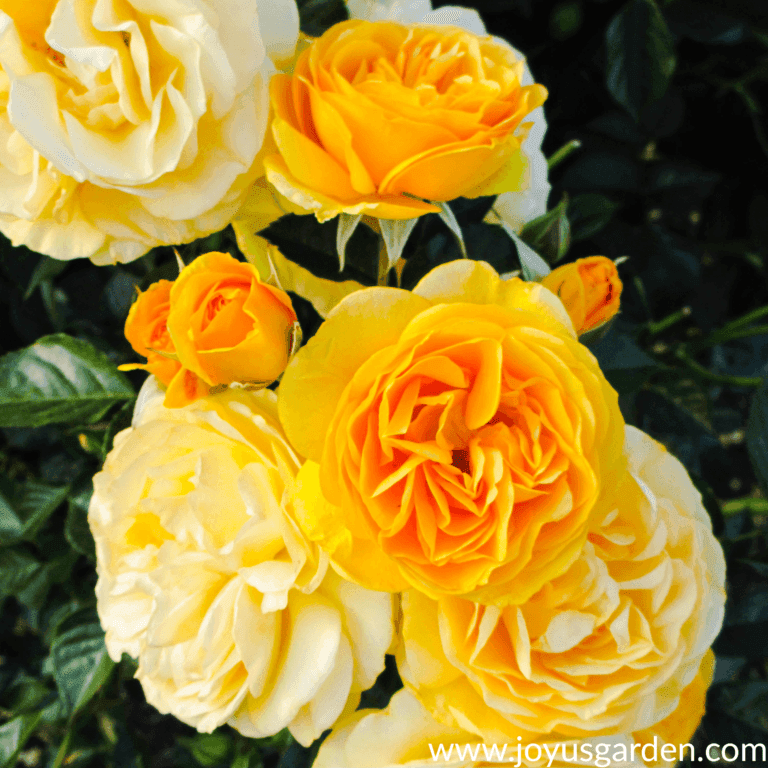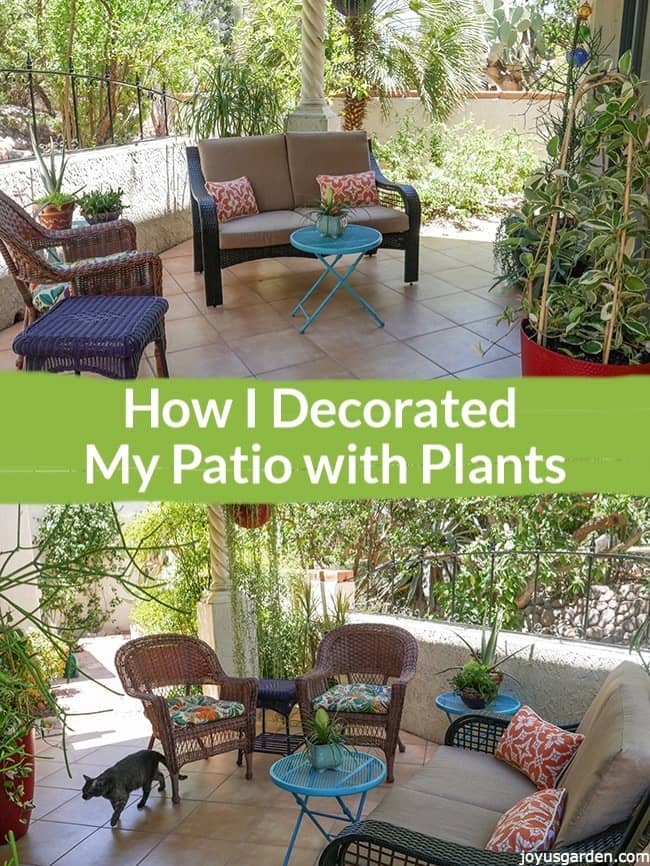How To Successfully Plant Perennials
Perennials can provide quite the show and add color as well as form and texture to the garden. Most of them bloom part of or throughout the season bringing us something to oh and ah about.
There are so many perennial plants sold on the market, and they really vary as to size, exposure required, season of bloom, flower color, and so on. But, the one thing they all have in common is the need for a good start in life. That’s why this post is all about how to successfully plant perennials.
You can plant perennials any time of year that the soil is workable. I’m planting in spring because the selection is newly stocked up and the temperatures aren’t too blasted hot yet here in Tucson.
Late summer/fall (with enough time to grow in before the 1st frost) is also a great time to plant because the days are warm and the evenings are starting to cool a bit. Planting in spring or fall makes it easier for the plants to settle in. Summer is fine but just know that the plants will have to be watered more and settling in may take a bit longer.
Here you’ll see me planting a salvia, a very popular perennial:
How To Successfully Plant Perennials:
First of all, make sure the perennials are well watered.
You don’t want to plant 1 that’s dry and stressed.
After that, dig a hole as deep as the rootballs and at least twice as wide.
I also work the soil on the bottom to break it up a bit and aid with drainage. Remove any roots or larger rocks which might be in the soil.
Thoroughly soak the holes and let the water absorb in.
If you’re in a climate where it rains often and the soil’s already wet, you can skip this step.
Add in a few handfuls of compost and water again.
I use a local 1 but Dr. Earth Natural Choice Compost Mix is also a good choice.
Squeeze the pots gently to get the plant out.
If it’s being difficult, then gently step on the pots. You’ll see me demonstrating this in the video. 99.9% of the time this works like a charm.
Most perennials have a tight and extensive root system.
Because of this you’ll want to loosen the root balls a bit in order for the roots to spread easier – give them a gentle massage. The roots at the bottom may be especially tight so you want to pry them apart a bit.
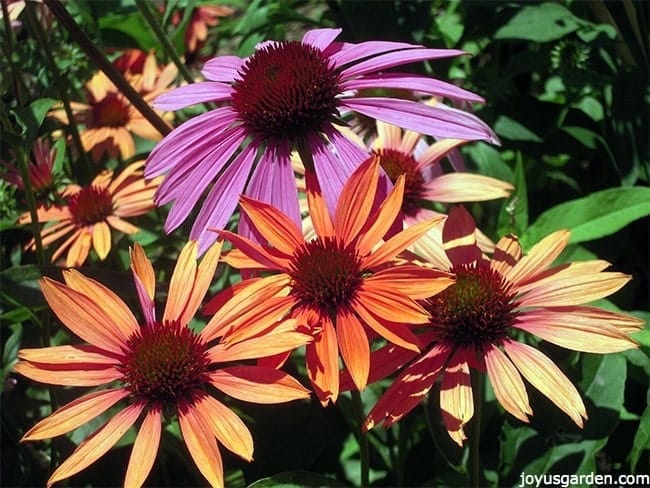
Echinacea in full bloom in a Connecticut garden in August.
Now you can put the plants in the holes.
Turn them to look for their good sides.
Next, fill in the holes with a lot of the native soil with few handfuls of compost layered in.
Water well as you go. Take out any more roots or rocks which might have been missed.
In the top 2 or 3″, sprinkle in a few handfuls of worm compost.
This is my favorite amendment. You can use an organic all purpose fertilizer if you’d prefer, either will do.
Cover with native soil and top with an inch or 2 layers of compost.
You want the top of the root balls to be completely covered.
Lastly, water your perennials in well.
Also, don’t forget to keep them well watered while establishing.
Now all you have to do is sit back, watch your perennials grow and thrive and pat yourself on the back!
Happy gardening & thanks for stopping by,

You May Also Enjoy:
Roses We Love For Container Gardening

